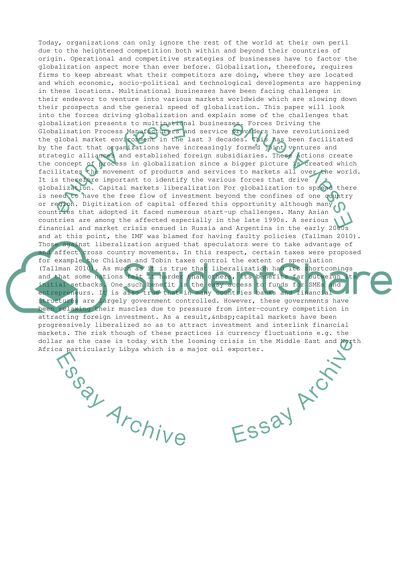Cite this document
(“Forces Driving the Globalisation Process Research Paper”, n.d.)
Forces Driving the Globalisation Process Research Paper. Retrieved from https://studentshare.org/business/1412381-multinational-business
Forces Driving the Globalisation Process Research Paper. Retrieved from https://studentshare.org/business/1412381-multinational-business
(Forces Driving the Globalisation Process Research Paper)
Forces Driving the Globalisation Process Research Paper. https://studentshare.org/business/1412381-multinational-business.
Forces Driving the Globalisation Process Research Paper. https://studentshare.org/business/1412381-multinational-business.
“Forces Driving the Globalisation Process Research Paper”, n.d. https://studentshare.org/business/1412381-multinational-business.


